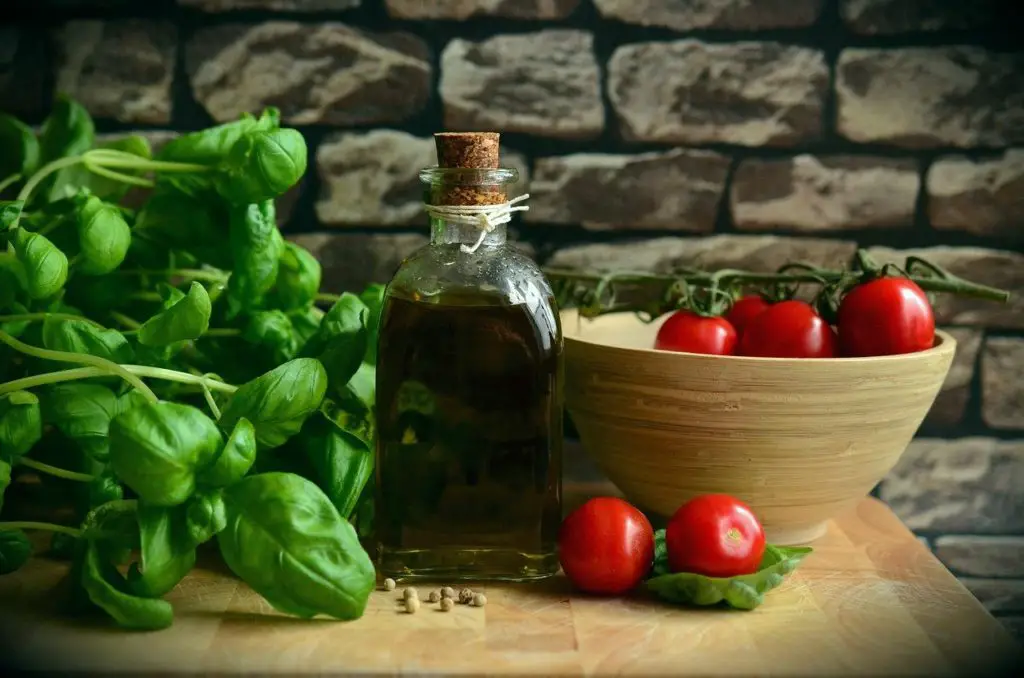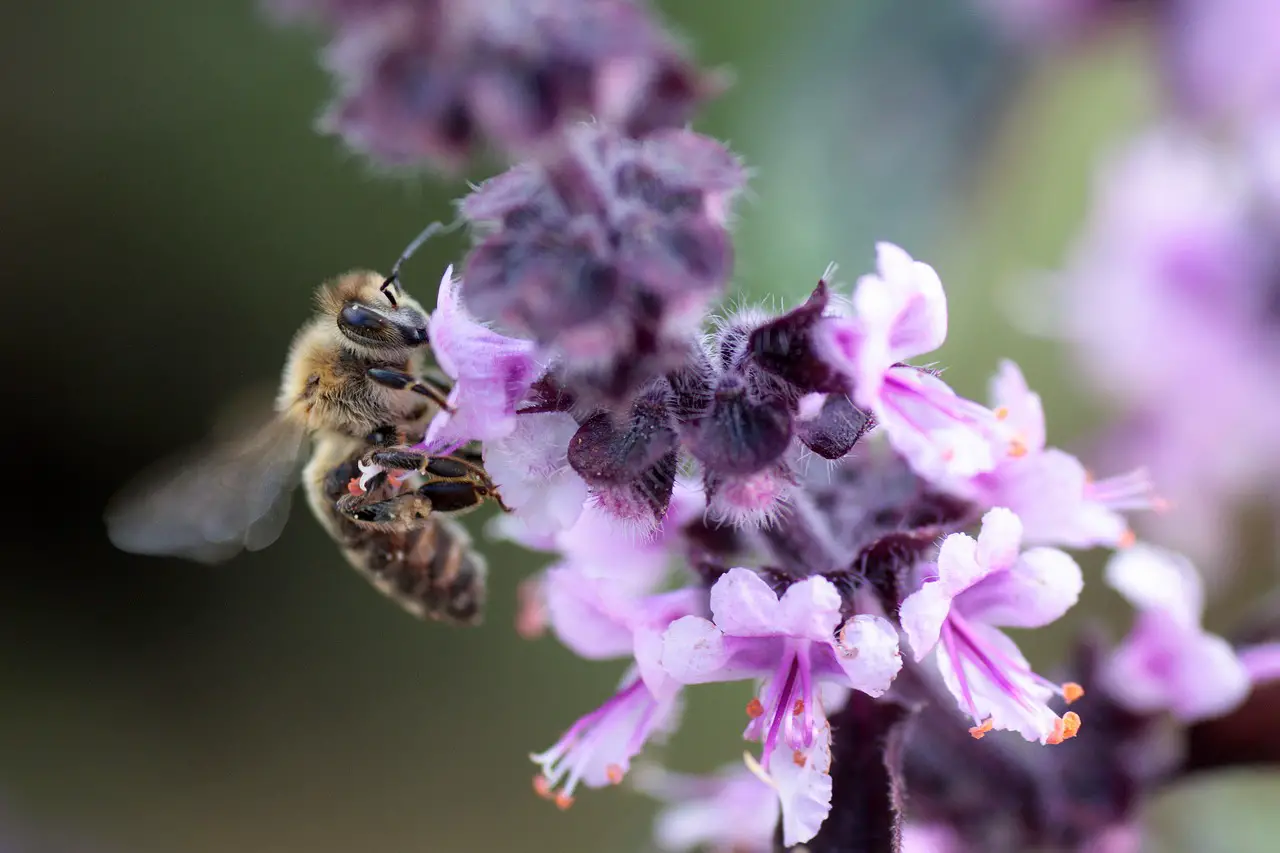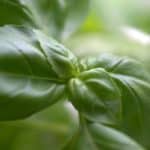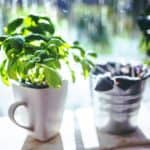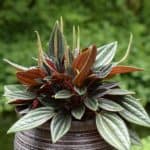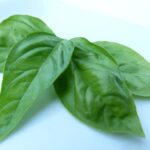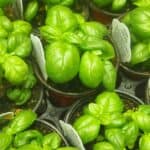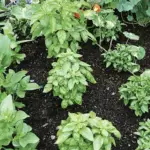
Why Is My Basil Flowering
Welcome to this post about why your basil is suddenly starting to flower. You should definitely not take this as a bad thing because it mostly indicates its growing in a healthy environment. A healthy soil and a warm season can make it start to flower very early on.But there are some downsides of letting it flower. Mostly that it won’t produce as much leaves now. But you can instead let your friends in the garden get some more pollen. That is mostly why I let it go to flower sometimes. Basil is a herb that has a lot of pollen that benefits the bees a lot. Follow along and we’ll discuss more about the pros and cons.
Have your basil plant died off completely and you wonder if it can be brought back? In this article we cover that precise question. Find it here, How To Bring A Basil Plant Back To Life.
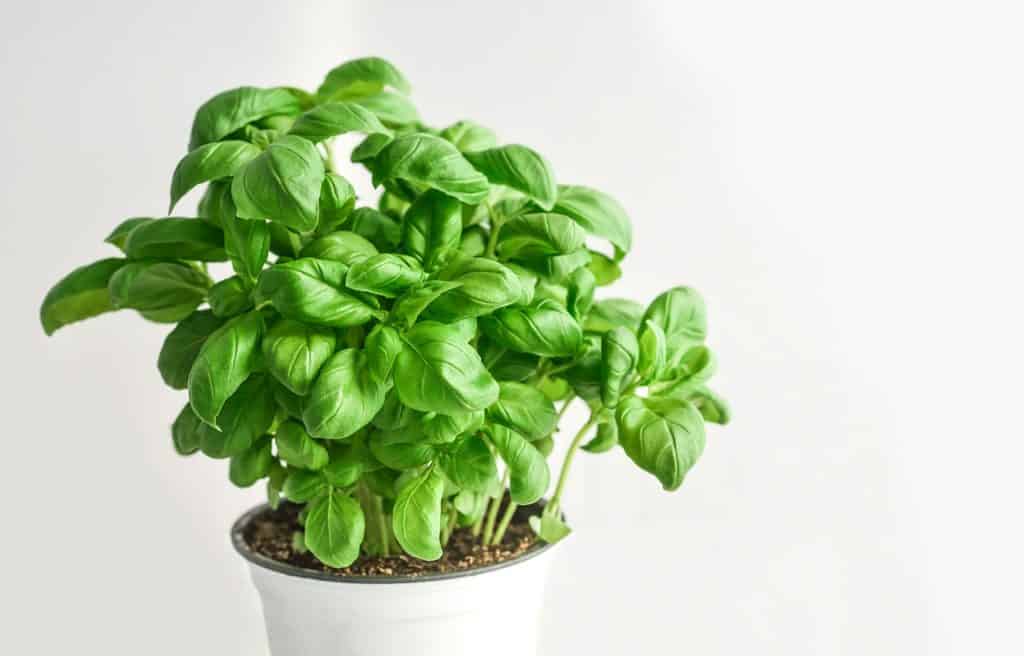
Why Is My Basil Flowering
The reason for your basil flowering is simply that it feels ready now to start producing seeds that it hopes will spread throughout your garden so it can establish itself in the coming year. Since basil is a herb that only lives for a year, this means it’s an annual herb. So the only way for it to continue to further its genetic line is by producing seeds that can grow in new places. This is the way basil can take over a garden if left completely unchecked.
But you should never take it as a bad sign that it’s starting to bloom. This just means that it has had a very good season so far and feels ready now. But if you still want to get more harvest from it then you need to pick off the flowers. Otherwise the plant will focus the majority of its energy towards producing the flowers and little will be left for the actual leaves. The best way is to cut or pick the flower buds as soon as you see them. You might even want to take off more of the stem to not encourage more flowers coming forth.
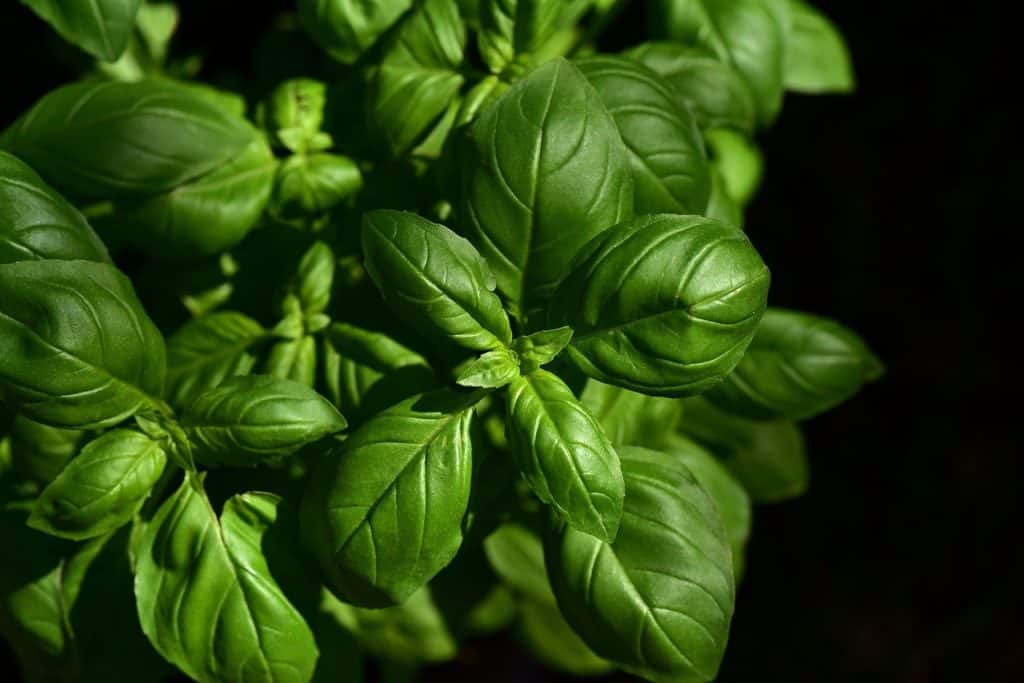
Should I Cut The Flowers Off My Basil
But these flowers do serve a purpose except for making the seeds that will dry and spread around your garden. We really like to make tea with the flowers for example. It’s an aromatic treat for you. On top of looking very pretty as well they make sure that your bees in the garden can get more pollen. It’s important to keep some flowers or herbs that will be left to flower so that you can have a thriving bee community as well. Without them you would otherwise never get any fruit in your garden. You need the bees to help pollinate.
Let’s reiterate again on what we have been talking about here in this post. There is nothing wrong with your basil flowering, if anything you should take is at a good sign you are treating it right. But if you want to be able to harvest more basil leaves during the season then you need to pick off the flower buds as soon as you see them. The plant is otherwise focusing all its energy towards blooming and little will be left for new shoots.
Are you having issues with your basil plant wilting and even dying instead? We have an emergency article that can answer and solve some very common questions around this topic. You can find it here, Why Is My Basil Dying.
